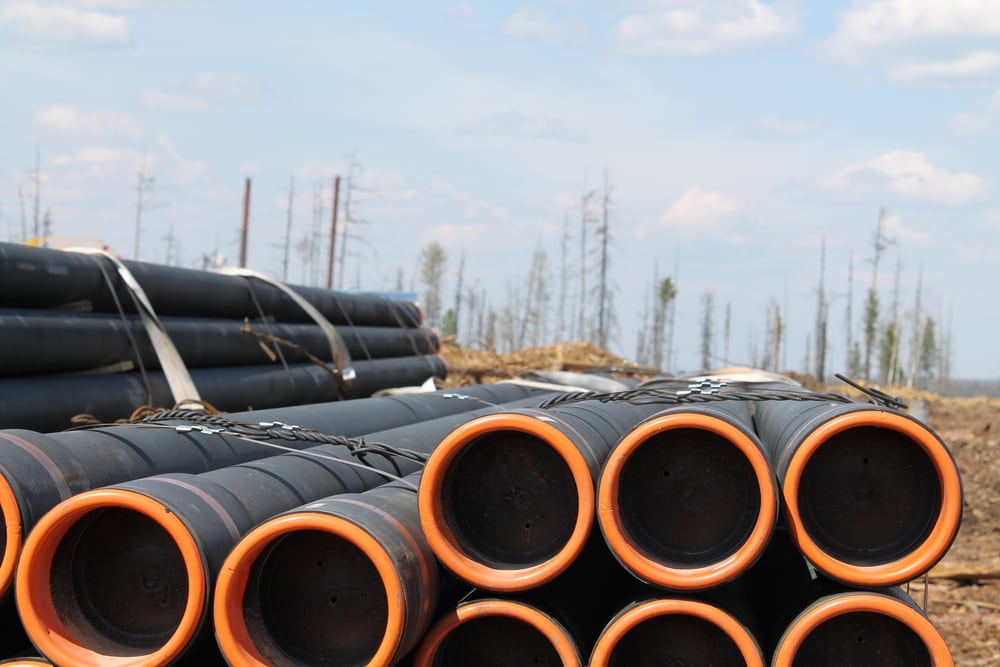December 26, 2022
Steps for Selecting Oil and Gas Software Solutions

The process of choosing software for oil and gas is a very important one. The system you choose today will have a big effect on how your business will do in the future. If you choose a tool that only works for your current needs, it could cause problems that you didn’t expect and slow your growth in the long run. To figure out which solution will work best for you, you’ll need to think about where you want your business to be in 5–10 years.
A Pipeline Data Management for oil and gas is also a big investment. Implementing software can cost a lot of money, between the price of the software, ongoing costs, annual support agreements, training, and staffing. Even more so if you make a bad choice that causes a lot of problems. Because there are so many products on the market, it goes without saying that evaluating and choosing can be hard. Here are a few tips to help you get through the process.
Create an “Essentials” List and a “Nice-to-Have” List
Now that you’ve looked at how you currently handle your data and assets, go through the questions below and make a list of the features that you’re Oil and Gas Software USA solution must have. Make another list of things that aren’t necessary but would be nice to have. Make sure to think about not only the features you need now, but also the features you might need in the future.
Designate a Project Manager
It would be best if someone took charge of this project as soon as possible. This person will be in charge of doing the necessary research, making sure that everyone on the team knows what was found, and moving decisions forward. They will also own the software once it is out in the world.
Clarify Your Budget
Set up a budget that takes into account any extra costs, like hardware upgrades, implementation costs, and maintenance costs. Also, keep in mind that sometimes more expensive options can give you a better return on investment (ROI) because they add more products or features to your operations. So, as you learn more, you may find that you need to change your budget.
Narrow Your Options
Now that you have a budget to go with your list of “must-haves” and “nice-to-haves,” you can start getting rid of some possibilities. Look at each vendor’s list of products and features and get rid of the ones that are missing important ones. Cut your list down to two or three good products for your business. Check to see if they have good customer service and a good track record with their users.
Evaluate the Remaining Candidates
Find out which of your remaining options gives you the most items from your “nice-to-have” list. Are there extra features that you can buy as you need them? Now that you’ve narrowed down your choices, see if you can schedule a demo so you can see how the software works. Make sure to invite any important people who make decisions to the demo.
